Turning Buckwheat Into Flour (without a Grain Mill)

by
Lee @ Lady Lee's Home
(IC: blogger)
I didn’t title this post “How to Mill Buckwheat,” because quite frankly, this is not how you should do it.
In fact, after this past week, my husband officially concluded that I have gone mental.
And he is probably right.
In fact, after this past week, my husband officially concluded that I have gone mental.
And he is probably right.
You see, if you were to grow buckwheat (which I strongly recommend for many reasons listed bellow), and make your own gluten-free buckwheat flour, you would probably want to use a grain mill like this one. Then, follow their instructions for dehulling and grinding the seed.
So I went ahead and planted a whole field of buckwheat. Yeah, you read that right, I said a field.
I am not sure what is it about kids, but they love to pick. Everything (including their noses). So we started picking those wonderful stems with the clusters of dry seeds on top and we ended up with a nice bunch of buckwheat to take home.
The reason I didn’t grow seeds or grains until now is because I don’t have a grain mill. Simply can’t afford it at the moment.
Enjoyed the project?

Want more details about this and other DIY projects? Check out my blog post!
Published January 7th, 2015 7:32 AM
Comments
Join the conversation
3 comments
-
What a handsome plant...and what a story!
 Douglas Hunt
on Jan 07, 2015
Douglas Hunt
on Jan 07, 2015
-
-
-



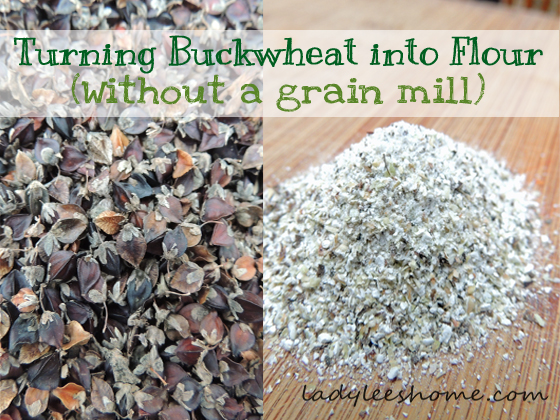



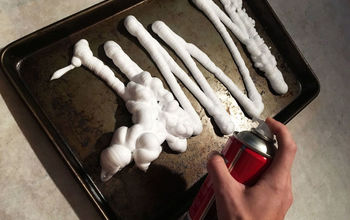
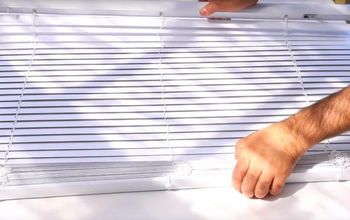




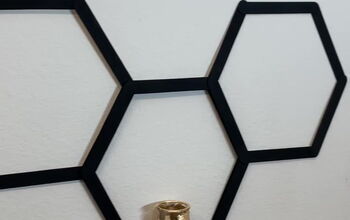
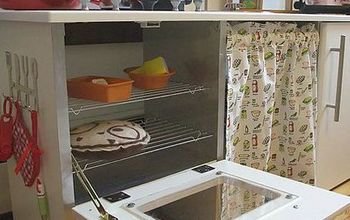





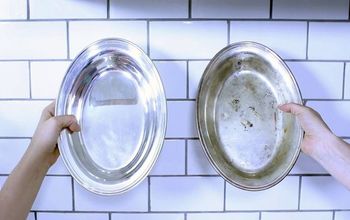

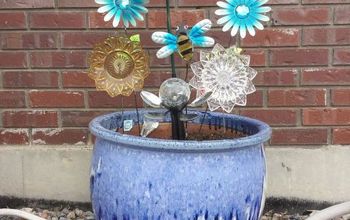
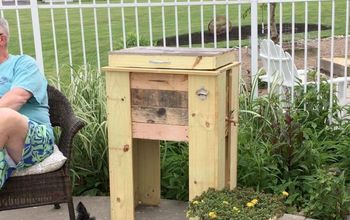






Frequently asked questions
Have a question about this project?